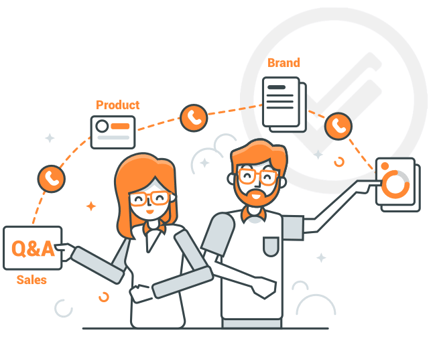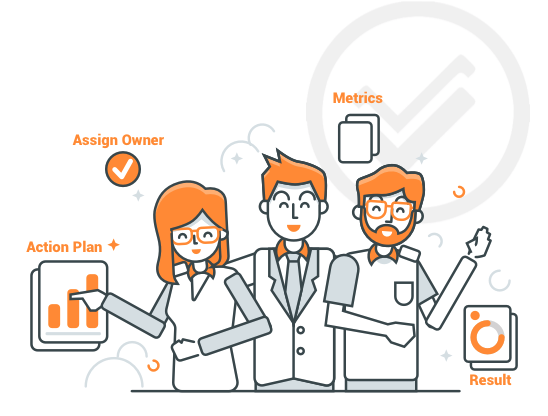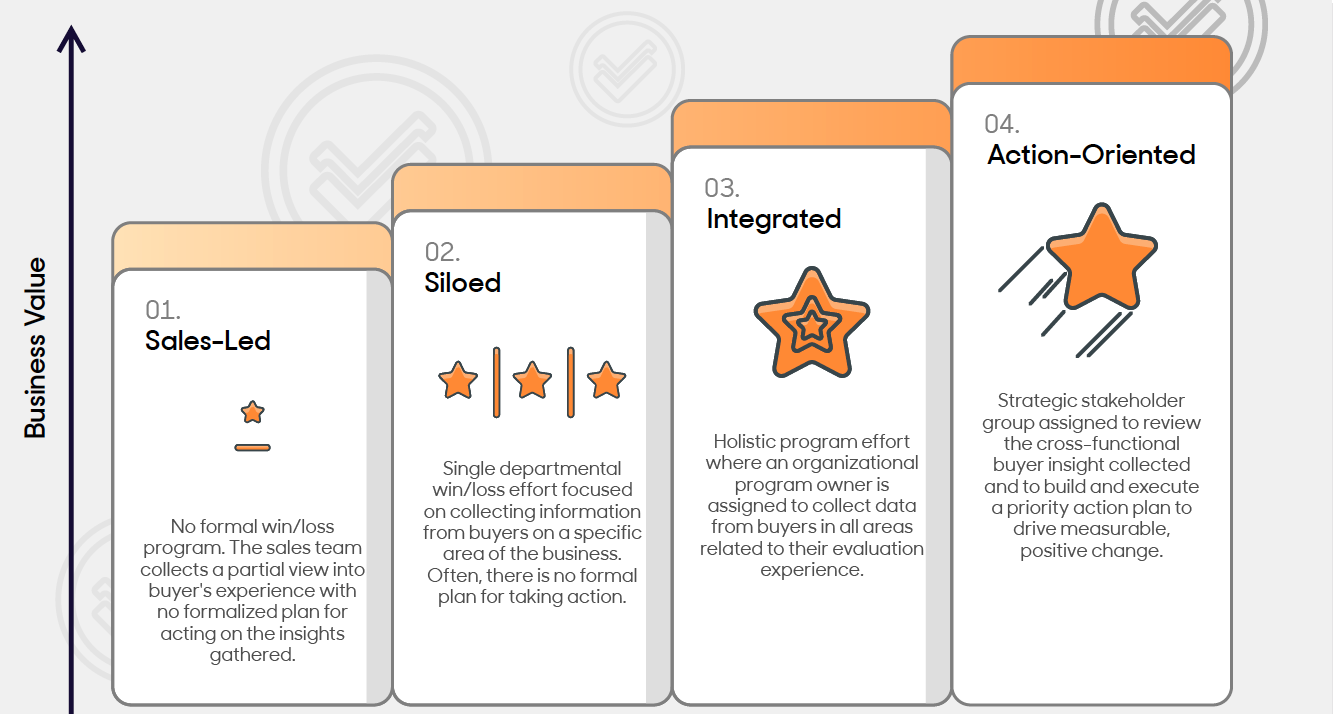As a win/loss program evangelist and founder of win/loss firm DoubleCheck Research, I was thrilled to be invited to moderate a panel at the recent MassTLC Growth Summit in Boston entitled, “How to be your organization’s win/loss program hero.” The event included the who’s who of the Boston tech community, including my fellow panelists, Robin Saitz, CMO of Avecto, Rob Bois, senior director of product marketing at Fuze, and Deb Richards, VP global sales operations at TraceLink.
As a setup to the panel, I introduced the DoubleCheck Win/Loss Program Maturity Model. The four-stage model is designed to help organizations quickly determine their internal program maturity, and map the steps necessary to gain greater program benefits by prioritizing and driving insight-related actions and results.
The four stages of win/loss program maturity
- 0.1 Sales-led—No formal win/loss program. Much anecdotal information gathering from the sals team, with little to no formalized plan for sharing insights.
- 0.2 Siloed—A single departmental win/loss effort focused on collecting information from buyers on an area of the business, such as sales, product marketing, product management, and competitive intelligence. Often, there is no formalized plan for acting upon the insights gathered.
- 03. Integrated—Holistic win/loss effort where an organizational program owner is assigned and collects data from buyers related to their entire evaluation process, including their views on the sales experience, product, business drivers, selection criteria, brand, influencers, demo experience, and competition. This is often the point where organizations weight the benefits of leveraging a third party win/loss firm versus running the program using internal resources.
- 04. Action-oriented—Organizations take their cross-product, cross-functional approach to win/loss and make it actionable, resulting in positive change.
As I described each stage, we asked the audience to raise their hand if they felt that we were describing the state of their own win/loss program. What was not surprising was that about 60% of the audience fell into the sales-led, 30% self-identified as siloed, while only 10% self-identified as integrated. The big surprise was that no one—zero percent—felt that they were action-oriented, indicating a tremendous opportunity to leverage buyer insights to drive change. As a promise to the group, in an effort to socialize the opportunity to move win/loss to action-oriented within their organizations, we have outlined the stages below and included the associated benefits of each.
Stage 01.—“Sales-led” Win/Loss Program

👫 People—Informal post-decision call with buyer for personal knowledge gain. Most often conducted by sales lead/sales manager.
🔀 Process—No standard interview questions or approach, and little to no formal sharing of findings.
📣 Data Capture and Distribution—Data may or may not be captured in CRM or shared via e-mail. Calls are not recorded or transcribed.
👏 Benefits—Limited insight to help an individual salesperson or team identify areas of opportunity for improvement, and to get a sense of what may have gone right or wrong during the evaluation so that they can adjust their approach during future opportunities.
Stage 02.—“Siloed” Win/Loss Program

👭 People—Departmental point of contact leads narrow, department-specific interviews directly with buyers.
🔀 Process—Core department-specific interview questions created and findings shared primarily within that department.
📣 Data Capture and Distribution—Basic interview notes captured and made available within a shared document, with findings discussed primarily within that department.
👏 Benefits—If you’re looking for solid insight into your specific functional area, such as product management, then the siloed approach may fit the bill. The challenge is that your view will be limited to your piece of the puzzle, which may not provide a truly balanced view of why you won or lost the deal.
Stage 03.—“Integrated” Win/Loss Program

👫 People—Cross-functional program owner assigned to formalize win/loss program and gather insights related to the buyer’s overall experience.
🔀 Process—Cross-functional interview guide and online survey written, with findings shared across function groups, including sales, product, and marketing.
📣 Data Capture and Distribution—Interviews are recorded and transcribed, online survey responses are collected, and data is stored and managed centrally.
👏 Benefits—Companies in Stage 03. may gain a holistic view of organizational opportunities and challenges across product, marketing, sales, sales engineering, and competitive/market intelligence. Oftentimes, integrated organizations find the research to be interesting, but may not have a plan or mechanism in place to leverage the findings to take action.
Stage 0.4—“Action-Oriented” Win/Loss Program

👫 People—Building upon the integrated stage program, senior leaders sponsor a stakeholder task force created to review findings, prioritize, and drive action in the action-oriented stage
🔀 Process—Cross-functional interview guide is leveraged. Stakeholder committee meets quarterly to review new data, determine/take action, track progress against actions, and measure results.
📣 Data Capture and Distribution—Centralized data is analyzed to identify trends across periods, buyer groups, products, sales regions, and competition. The data is used to benchmark the performance of various internal groups and external companies.
👏 Benefits—Stage 04. is the holy grail of a win/loss program, turning insight into action that drives positive change and results in win rate improvements. To become action-oriented, your leadership team must consider win/loss to be of strategic importance and integrate quarterly reviews into their management cadence.
Call to Action
So, where does your organization sit? Consider sharing this model during your next internal leadership meeting. As a group, determine what steps can be taken to drive your win/loss program toward becoming "action-oriented". Ready to take the next step? Check out these articles to get started:
- These Four Steps Distinguish Good Win/Loss Programs From Great Ones
- Win/Loss Workshop: Use These Five Steps to Turn Program Insight Into Action
- Win/Loss Program Goal Setting
Want to learn more about win/loss analysis? Check out some of our other awesome content.
Become a DoubleCheck Insider!


